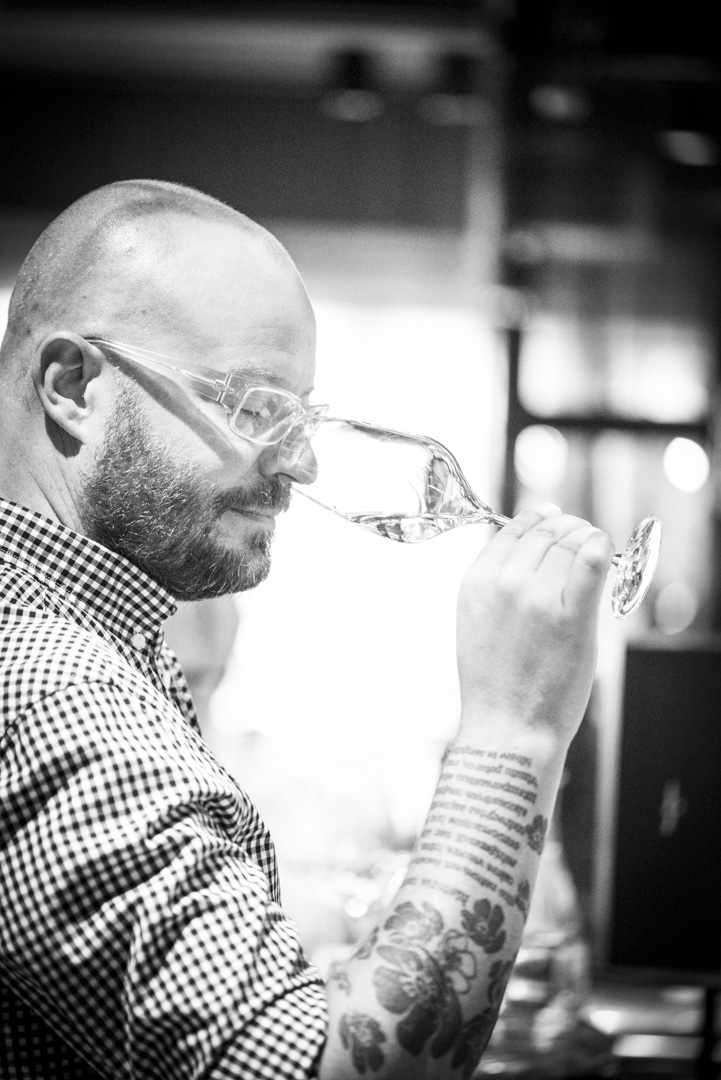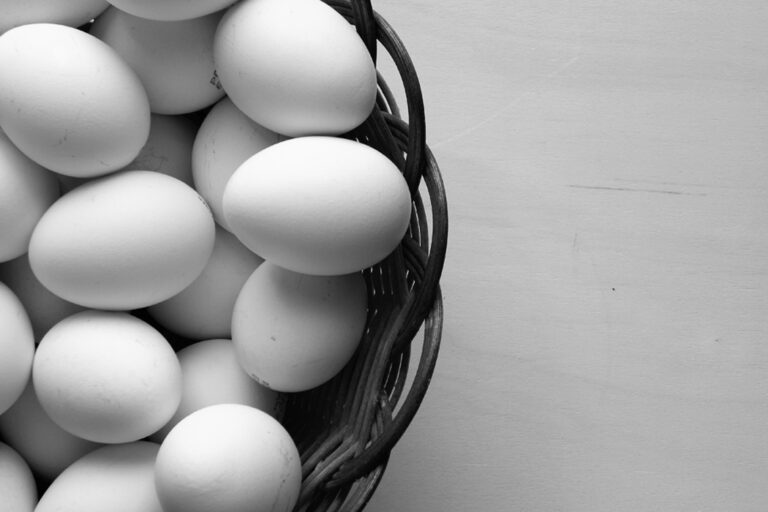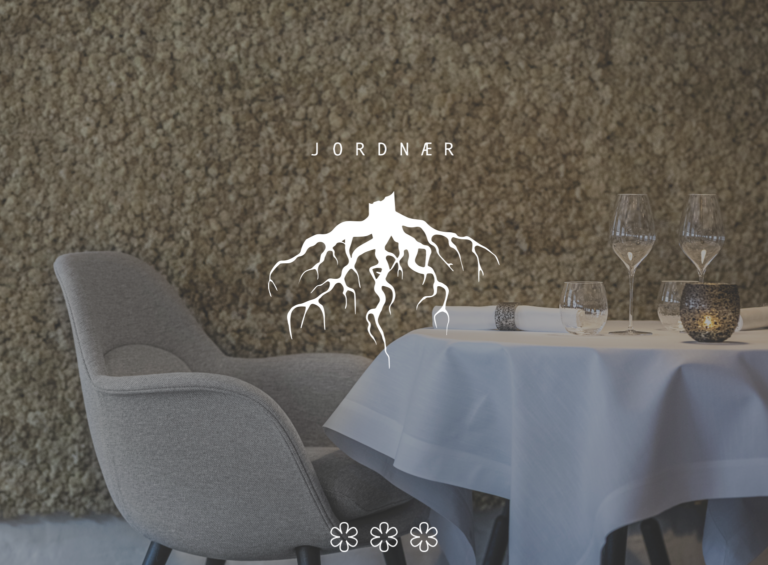Holding a Champagne glass correctly enhances your overall experience with this luxurious beverage. [read the full champagne story]
Estimated reading time: 9 minutes

Your grasp not only affects the temperature of the drink but also has the potential to influence the flavor and effervescence of the Champagne. It’s imperative to understand that the way you handle your glass can either complement or detract from your enjoyment.
When engaging with Champagne, a symbol of celebration and sophistication, you should treat the glass with the same respect you would give the drink itself. By doing so, you ensure that each sip is as the vintner intended, preserving the delicate aromas and bubbles that are the signatures of this esteemed drink.
Your approach to holding a Champagne glass involves a balance between elegance and function. The traditional flute or tulip-shaped glass is designed to showcase the beverage’s fine bubbles and concentrate its aroma. Grasping the stem rather than the bowl maintains the ideal temperature and allows you to appreciate the full spectrum of flavors that Champagne has to offer.
Basics of Holding a Champagne Glass
To ensure proper taste and temperature, the way you hold a Champagne glass is crucial. The design of the glass is specially crafted for both aesthetics and function.
Understanding the Champagne Glass Design
Champagne glasses are designed with a long stem to help prevent the warmth of your hand from affecting the temperature of the Champagne. It’s essential to hold the glass by the stem to maintain the Champagne’s optimal cold temperature. The bowl of the glass, whether it is a flute, coupe, or tulip design, is also shaped to enhance the beverage’s aromatic characteristics and effervescence, contributing to the overall sensory experience.
- Stem: Grasp here for temperature control.
- Bowl: Affects the presentation and aroma diffusion.
Types of Champagne Glasses
There are various types of Champagne glasses, each offering a different experience:
- Flute: A tall, thin glass that promotes the beading of Champagne bubbles, enhancing visual appeal and concentrating the aroma.
- Coupe: A broad, shallow glass that disperses aroma quickly, creating a more immediate sensory experience. Less suited for preserving bubbles.
- Tulip: Similar to the flute but with a wider bowl that allows for a better aroma release while still maintaining effervescence.
When holding a Champagne glass, consider both its design aspects and the type of glass to preserve the drink’s stability and integrity.
Proper Technique
To enjoy Champagne to its fullest, proper technique is essential—this includes how you hold the glass to optimize the balance, flavor, aroma, and effervescence of the drink.
Positioning Your Hand
When holding a Champagne glass, your hand position is crucial. The optimal method is to hold the glass by the stem. By doing this, you avoid warming the Champagne with the heat from your hand, which can alter the flavor and diminish the effervescence. Your fingers should lightly grasp the lower part of the stem, with your thumb supporting the base for stability if needed.
Securing the Glass
Securing the glass properly ensures balance and prevents spills. Your hold should be firm yet gentle—imagine you’re holding an egg that you don’t want to break or let slip. The stem between your index and middle finger, with other fingers resting lightly or curled elegantly, will provide enough grip without risk of affecting the Champagne’s temperature. Avoid holding the bowl of the glass, as this can smudge the glass and interfere with your ability to appreciate the Champagne’s clarity and bubbles.
Temperature and Preservation
Champagne’s quality and enjoyment rely heavily on its serving temperature. Proper holding techniques can preserve the intended champagne experience by maintaining this temperature.
Why Temperature Matters
The bowl of the glass greatly influences the champagne’s interaction with air, affecting the aromas and flavor. Serving champagne at the ideal temperature, typically between 8°C and 10°C (46°F to 50°F), ensures the stability of these characteristics while optimizing the sensory experience. Here’s why temperature is crucial:
- Aromas: The release of aromas is temperature-dependent; too warm, and the champagne can become overly pungent, too cold, and the nuances are muted.
- Flavor: The perception of sweetness and acidity is balanced at the correct temperature, showcasing the flavor profile as intended by the maker.
- Stability: Temperature fluctuations can disrupt the delicate balance of champagne, potentially altering its intended taste and texture.
Holding Methods to Maintain Ideal Temperature
Your holding method contributes significantly to keeping champagne at its optimal temperature. Here are some pointers:
-
Hold by the Stem: Always hold your champagne glass by the stem to prevent body heat from warming the bowl.
Method Benefits Stem holding Minimizes heat transfer from hand No cupping the bowl Prevents warming the liquid -
Stability: A stem hold is not only about temperature; it also offers more stability and reduces the risk of spillage.
By adhering to these temperature and holding guidelines, you help ensure that the champagne you’re drinking is experienced just as the winemaker intended.
Navigating Social Settings
In social settings, proper etiquette enhances your experience and reflects elegance. Your handling of a Champagne glass can communicate both grace and confidence.
Gracious Handling
Your Grip: Holding the stem of the glass between your thumb, index, and middle finger ensures stability and avoids warming the Champagne.
- Do:
- Keep your grip light yet firm.
- Hold the stem at its midpoint for balance.
- Don’t:
- Grasp the bowl, as it affects the temperature.
- Fidget with the glass or decorations.
Posture and Toasting: Carry your glass with poise, aligning it with your chest when not actively sipping.
- Do:
- Gentle clinks at the bell during toasts.
- Maintain eye contact when clinking glasses.
- Don’t:
- Overreach or twist your wrist awkwardly.
- Clang glasses forcefully, risking breakage.
Preventing Spills and Mishaps
Movement: Navigate through crowds with your glass upright and slightly tilted away from others to minimize spills.
- Do:
- Excuse yourself gently if space is tight.
- Keep your glass within your personal space.
- Don’t:
- Gesture widely with your glass in hand.
- Weave through packed groups hastily.
Setting Down Your Glass: Always place your glass down gently on a stable surface to avoid toppling.
- Do:
- Choose flat, uncluttered areas.
- Place your glass down before engaging in other activities.
- Don’t:
- Set it near edges or on precarious perches.
- Leave it in high traffic areas.
Enhancing the Champagne Experience
To fully appreciate Champagne, consider both the preservation of its delicate effervescence and the visual pleasure it provides.
Preserving Carbonation and Bubbles
Carbonation is key to Champagne’s character. To preserve it:
- Pour gently: Tilt the glass and pour slowly to reduce agitation, maintaining more bubbles.
- Temperature control: Keep the Champagne cool (around 45-50°F) before serving; warmth can hasten carbon dioxide loss.
- Proper glass: A flute or tulip design supports prolonging bubble life.
Visual and Aesthetic Appeal
Visual appeal enhances your enjoyment:
- Glass clarity: Use clear crystal glasses for visual purity.
- Watching bubbles: Enjoy the sight of rising bubbles, indicative of quality.
- Elegant design: A well-designed glass complements the Champagne’s aesthetics and adds to the enjoyment.
Advanced Considerations
Navigating the subtleties of holding a champagne glass involves a blend of style considerations and expert advice. Choosing the correct glass is paramount to both presentation and taste, and incorporating insights from winemakers can enhance your experience.
Choosing the Right Glass for the Occasion
Your selection of a champagne glass not only speaks to your style but also influences the beverage’s flavors. Flutes are ideal for preserving carbonation, offering a prolonged effervescence and a concentrated aroma. These characteristics make them suitable for toasts where the visual aspect of streaming bubbles is appreciated.
On the other hand, coupes allow the champagne to breathe more, which may suit aromatic varieties with a complex bouquet. However, their wide shape can cause the drink to lose its fizz quickly.
For a balance between the two, tulip glasses present an elegant compromise. Their expanded bowl allows for a better appreciation of the flavor nuances while their tapered top captures the scent, providing a fuller sensory experience. Here is a basic style breakdown:
- Flutes: Long and narrow, maintain bubbles; perfect for visual spectacle and crisp styles.
- Coupes: Short and wide, lose carbonation quickly; ideal for vintage champagnes with intricate flavors.
- Tulips: Wide bowl that tapers at the top; great for experiencing a wide range of flavors and aromas.
Expert Insights from Winemakers
Winemakers dedicate their craft to producing champagne that presents an array of flavors best appreciated when the glassware complements their effort. They highlight the importance of glass clarity to observe the color and bubble finesse—key factors in assessing quality.
The glass material matters as well. Crystal is often favored for its fine, smooth rim that allows the champagne to flow gently onto your palate, thus enhancing your ability to discern subtle flavors.
Consider the following insights from winemakers:
- Glass Clarity: Clear crystal will showcase the champagne’s color and effervescence.
- Rim Quality: A smooth, fine rim is preferred for a delicate sipping experience.
Winemakers also emphasize the interplay of winemaking techniques and the chosen glass. For instance, champagnes crafted for complexity might flourish in a glass that amplifies their aromatic profile.
When you apply these considerations, your champagne experience becomes a testament to both style and substance, guided by the hands of those who know it best.
Frequently Asked Questions
In this section, you’ll find clear and specific answers to common inquiries regarding the proper handling of champagne glasses.
What is the appropriate way to hold a champagne flute?
You should hold a champagne flute by the stem, gently between your thumb, index, and middle fingers. This technique prevents the warmth of your hand from affecting the temperature of the champagne.
Is it considered elegant to hold a champagne glass by the stem?
Yes, holding a champagne glass by the stem is considered elegant as it demonstrates sophistication and helps avoid fingerprints on the bowl, which can detract from the champagne’s clarity.
Can you summarize the proper etiquette for holding a champagne coupe?
For a champagne coupe, you should similarly grasp the stem between your thumb and first two fingers. Keep your touch light and your posture upright to maintain an air of grace.
What are the differences in technique when holding various types of glassware?
Different types of glassware require different holding techniques. Flutes and coupes are held by the stem, while a wine glass with a larger bowl may be held by the base. Each method is designed to enhance the tasting experience and maintain the drink’s optimal temperature.
How does one carry multiple champagne glasses at once?
To carry multiple champagne glasses at once, hold the stems carefully with multiple fingers, or stack the stems (in a professional setting), balancing carefully to prevent spills and maintain control.
When holding a wine glass, what etiquette should be observed?
When holding a wine glass, observe the same basic principle as with champagne: always hold by the stem or base to prevent heating the wine. If the glass has no stem, grasp it gently around the bottom of the bowl.





